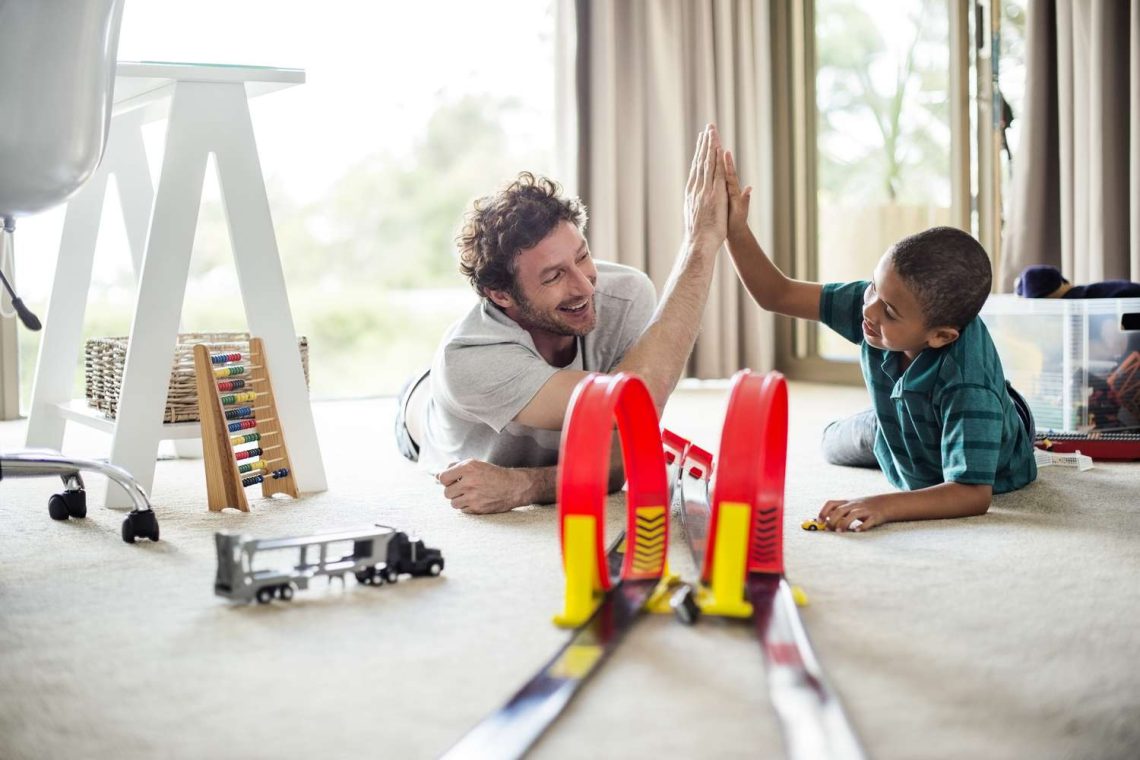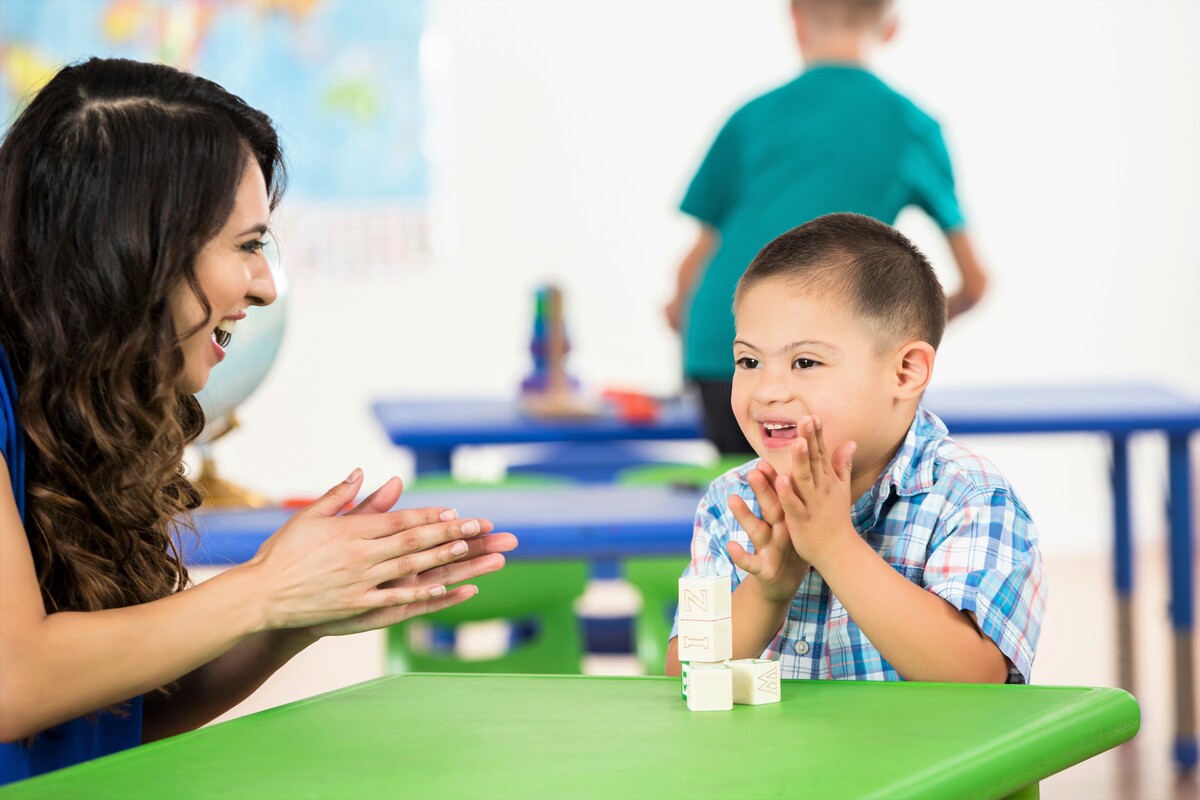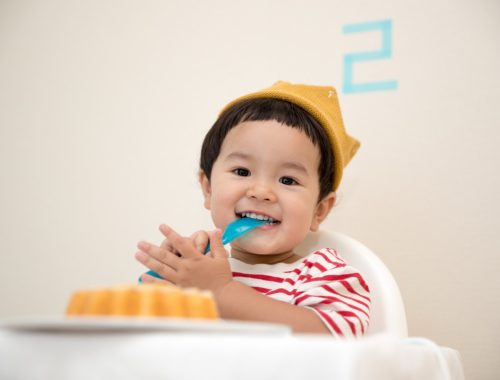
The Transformative Power of Positive Reinforcement on Children
Positive reinforcement is a parenting and educational technique that involves rewarding and praising children for exhibiting desirable behaviours and traits. This approach focuses on acknowledging and reinforcing what children do right, rather than solely on addressing what they do wrong. Positive reinforcement is rooted in behavioural psychology, emphasizing the role of rewards in shaping behaviour. When a child displays a desirable behaviour, such as completing a chore, studying diligently, or being polite, they receive positive reinforcement. This can take the form of verbal praise, small rewards, or special privileges. By linking their actions to positive outcomes, children are more likely to repeat those behaviours in the future.
Fostering Self-Esteem and Confidence
Positive reinforcement plays a pivotal role in building a child’s self-esteem and confidence. Here’s how:
1. Validates and Affirms
When children receive praise and recognition for their efforts and accomplishments, they feel validated and affirmed. This reinforces the idea that they are capable, worthy, and valued.
2. Encourages Effort
Positive reinforcement encourages children to put in effort, even when they face challenges. When they receive praise for their hard work rather than just their achievements, it reinforces the importance of resilience and determination.
3. Boosts Self-Efficacy
Positive reinforcement helps children develop a belief in their own abilities and self-efficacy. When they see that their actions lead to positive outcomes, they become more confident in their skills and decision-making.
4. Reduces Self-Doubt
Consistent positive reinforcement reduces self-doubt and the fear of failure. Children are more likely to take risks, try new things, and persevere through difficulties when they have a positive self-image.
Motivating and Encouraging Desirable Behaviour
Positive reinforcement is a powerful tool for motivating children to exhibit desirable behaviours and traits. It encourages:
1. Learning and Academic Success
Positive reinforcement can motivate children to excel in their studies by rewarding their efforts, achievements, and the development of good study habits.
2. Responsibility and Chores
By linking rewards to responsible behaviour, such as completing chores, children learn the importance of contributing to the household and the satisfaction of fulfilling obligations.
3. Politeness and Respect
Children can be encouraged to exhibit polite and respectful behaviour through positive reinforcement, which reinforces the value of kindness and consideration.
4. Healthy Habits
Positive reinforcement can be used to encourage healthy habits, like exercise and a balanced diet, by rewarding children for making positive choices.

Promoting Emotional Development
Positive reinforcement also has a significant impact on a child’s emotional development:
1. Emotional Regulation
When children receive positive reinforcement, they learn to regulate their emotions better. They understand that positive behaviour is associated with positive emotions and that they can control their responses.
2. Resilience
Positive reinforcement helps children build resilience by teaching them that setbacks and challenges are opportunities for growth and learning, rather than sources of discouragement.
3. Self-Awareness
Positive reinforcement encourages self-awareness by helping children recognize their strengths, weaknesses, and areas for improvement.
4. Emotional Bonding
The act of providing positive reinforcement, whether it’s through praise, hugs, or quality time, strengthens the emotional bond between children and their caregivers, promoting trust and security.
Strengthening the Parent-Child Relationship
Positive reinforcement is not just about the child; it also enhances the parent-child relationship. Here’s how:
1. Effective Communication
Positive reinforcement promotes open and effective communication between parents and children. It encourages regular discussions about expectations, rewards, and recognition.
2. Mutual Respect
Positive reinforcement nurtures mutual respect between parents and children. It reinforces the idea that both parties value each other’s actions and contributions.
3. Quality Time
The process of providing positive reinforcement often involves spending quality time together, which strengthens the parent-child bond and fosters a loving and supportive relationship.
4. Encourages a Supportive Environment
Positive reinforcement creates an environment where children feel supported, encouraged, and safe to express themselves and their feelings.
While positive reinforcement is highly effective, it’s important to address some common challenges:
1. Balancing Praise
Finding the right balance between praise and recognition is key. Too much praise can lead to entitlement, while too little can result in discouragement.
2. Being Specific
Effective positive reinforcement is specific and focuses on the behaviour or action being recognized. Instead of vague praise like “good job,” provide concrete feedback like “I’m impressed with how you handled that situation calmly.”
3. Avoiding Overuse
Avoid overusing positive reinforcement for simple, expected behaviours. It is more impactful when reserved for special achievements or exceptional effort.
4. Consistency
Consistency is vital in maintaining the effectiveness of positive reinforcement. When children receive praise and rewards consistently for desirable behaviour, they are more likely to continue exhibiting it.
You May Also Like

How to Diversify Your Baby’s Diet
2022-12-22
Best Way to Conceive a Child
2022-09-26

